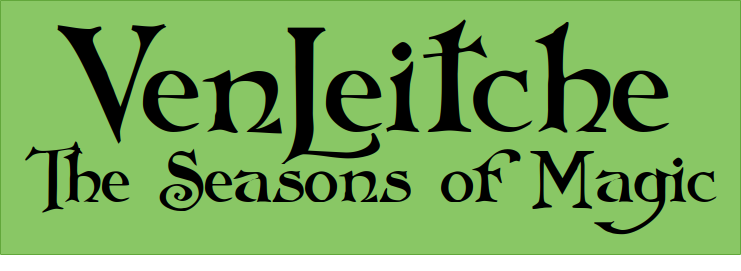General Layout of the Continent
The continent of Antillia lies mostly south of the world’s equator. While the Intemperate Lands extend across and to the north, hardly anybody lives there, as it’s just too hot for people, plants, or animals. Mountains and a deep crevasse divide the continent into four sections, ruled by the Northern Kingdoms, the Central Kingdoms, the Eastern Kingdoms, and the Southern Confederations, each a loose alliance of nations that aren’t all ruled by kings, or confederated, but people like short, easy to remember names even when they’re not really accurate.
The Northern Kingdoms extend down to the Waist, where the continent narrows considerably but rises in compensation, creating the Girdle Mountains, a short but steep range that makes overland travel across the Waist nearly impossible. Port cities on the east and west coasts handle a thriving trade with coast-huggers, some of them not much more than ferries, hauling people and cargo across the inlets between the Northern and Central Kingdoms. With rich, fertile lands (except for those parts of Jintrassa that haven’t yet healed from the Hachtivi) and a long growing season, the Northern Kingdoms raise most of the produce consumed across Antillia.
Two hundred years ago, the Hachtivi drove a tunnel through the Girdle from north to south, but the effort bankrupted their economy and the magical backlash left half their people infertile, leaving the Jintrasi to inherit the lands, maintenance of the tunnel, and the magical and financial debt. Jintrassa has cleaned up a good deal of that since, but still charges heavy tolls for tunnel passage. On the southern end, the Wekziri guard the tunnel and the road leading to it, but charge only nominal tolls, just enough to cover their expenses, having learned from the Hachtivi not to draw the attention of a wounded land.
From the Girdle down to the Southwall Mountains, and from the western coastline to the Great Crevasse dividing the the upland forests from the downland prairies, the land is claimed by the Central Kingdoms. The weather here is more temperate, the forests tending to evergreens as one reaches Uster and Forvar on the south border, hard by the Southwall. While the Central Kingdoms have great mineral wealth below their lands, they must be cautious in mining for it. The land is not forgiving of those who overstress it, or fail to compensate for their actions. Central Kingdom metals thus bring a high price when shipped north or east. Subsistence farming makes up much of the diet of the Central Kingdoms, even so, with some alpine valleys given over to larger efforts.
On the far side of the Southwall, the Rinzars and the Glaucharkhs comprise most of the Southern Confederation, being the only people settled enough to claim land and have a centralized government. Further south of their lands, it’s just too cold for too much of the year to allow for anything other than nomadic bands following herds of massive, sturdy herbivores.
A crack in the world, hundreds of feet deep on the ends and perhaps miles so in the center, divides the Central Kingdoms from the Eastern. Many legends are told about the Great Crevasse, most of them total hogwash. The kingdoms on either side maintain bridges, patrol the roads, and regulate the trade. From the Crevasse, the land slopes down sharply, turning into lowland plains excellent for grain farming and grazing livestock. Ghoti, Vrindil, and Mahasset form the breadbasket of Antillia, controlling much of the most fertile lands. Beyond them, the Fisher Principalities spread along the rocky eastern coastline, and out into the islands beyond. The distance from there to the Northern Kingdoms gives rise to an old saying: three things never trust in, the weather in the Girdle, fish in the northlands, and the word of (whatever group is being disparaged that day).
Get Dynamic Balances: Venleitche
Dynamic Balances: Venleitche
An early-medieval Pagan gameworld with a mechanic driven by player agency
| Status | In development |
| Category | Physical game |
| Author | Wandering Beekeeper |
| Genre | Role Playing |
| Tags | agency, Fantasy, Medieval, neopagan, Tabletop |
| Languages | English |
More posts
- Development Status 2020-04-26Apr 26, 2020
- Playtest Today! (2020-04-25)Apr 25, 2020
- Development Status 2020-04-19Apr 19, 2020
- Development Status 2020-04-12Apr 12, 2020
- Venleitche Open Playtest with PregensApr 06, 2020
- Development Status 2020-04-05Apr 05, 2020
- Development Status 2020-03-29Mar 29, 2020
- Today's Playtest is Go!Mar 28, 2020
- Venleitche Cover v0.6Mar 24, 2020
- Development Status 2020-03-22Mar 22, 2020

Leave a comment
Log in with itch.io to leave a comment.